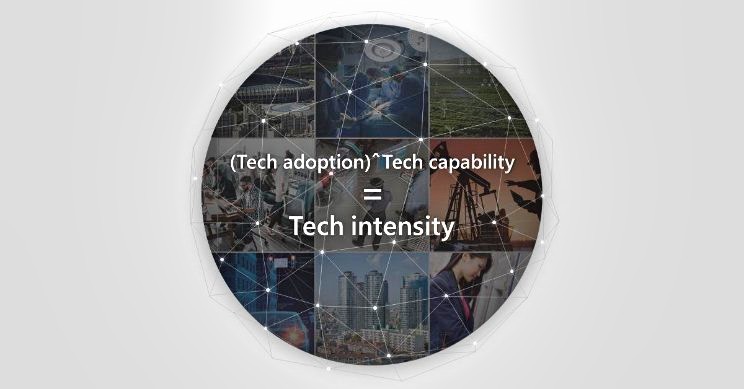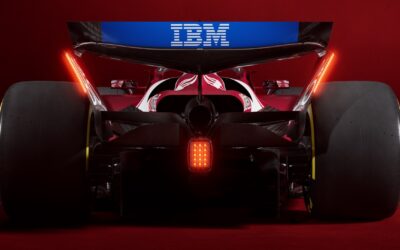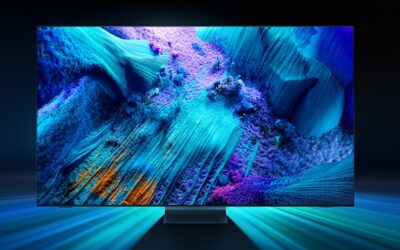The large, traditional businesses are nervously looking into their rear-view mirrors, as they worry about nimble, agile startups appearing out of nowhere, to disrupt their businesses. To stay well ahead, they could either acquire one of those startups and absorb the technology into their product lines – or they could spend a lot of time and money to build this technology. So it is a question of how much-commoditised technology to buy and how much to make. Companies often struggle to get this make-buy equation right. But Microsoft says there is a Tech Intensity equation that can help companies get it right.
Speaking to journalists at Microsoft Media and Analyst Days in Bengaluru, mid-January 2019, Anant Maheshwari, President, Microsoft India said, “Most companies lack the secret sauce on the other side of the equation, which is the tech capability of the company.”
The equation that Microsoft is prescribing is:
Tech Intensity = (Tech adoption)^(Tech capability)
The new disruptors, he said, have got Tech Intensity. The tech majors are buying and using commoditised technology at scale.
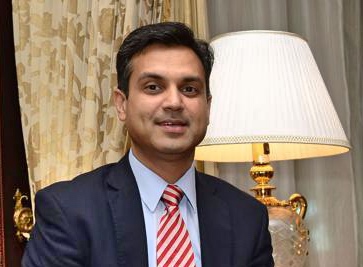
Anant Maheshwari, President, Microsoft India
“But they need to apply their own secret sauce of tech and vertical knowledge, to adopt that technology, and make something special out of it,” he said. “It is about taking something that already exists at scale outside, marrying it with your own internal ecosystem, and creating the next level of distinctiveness that you have, compared to other companies in your industry.”
Maheshwari said companies often get this make-buy equation wrong and tend to make a lot when the technology already exists out there. They invest their resources on the make. But they lack the secret sauce on the other side of the equation, which is the tech capability of the company.
The other challenge that companies grapple with is in using commoditised technology as a differentiator, after adding their own secret sauce to it. Eventually, competitors tend to do the same thing and then there is no differentiation.
“Some companies make the mistake of working with a provider that offers the commoditised technology, but could potentially compete against you in the same industry,” said Maheshwari.
“How long will the competitiveness last, especially if you are competing against someone who is the master of the same tech capability that you are buying?” he asked.
And that’s why companies need to get the tech intensity equation right.
Decoding the Equation
Explaining the equation, Maheshwari said one side of the equation represents all the commonly available technologies that are available out there. And the other side is about how companies are adding their own capabilities on top of these technologies, for competitive advantage.
“The technologies that are impacting us right now are the intelligent edge and the intelligent cloud,” he said.
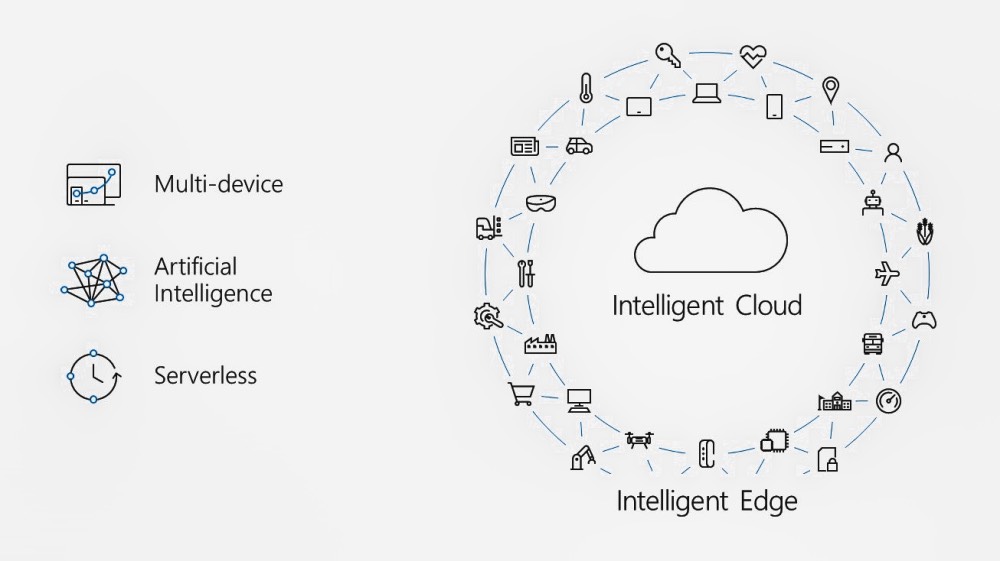
Drawing an analogy to the earth and its core, Maheshwari depicted the circumference of the earth as the intelligent edge – all the devices that we use. These include intelligent devices, intelligent clothes, intelligent cars, refrigerators, and aircraft. The intelligent devices are sending data back to the core – which is the intelligent cloud.
“The data generated by the intelligent edge is working with analytics in the cloud. There is gravity of that data moving towards the cloud, and then interacting with everything else. So that’s the tech world: intelligent cloud and the intelligent edge,” said Maheshwari.
He pointed out that this tech model manifests with companies and individuals in three ways:
- Ubiquitous Computing – Almost every individual on the planet has a computer (mobile) and it is actually a network of computers across the world. Every country and individual cares about its data, its privacy and security; transparency and trust. There will be more regulation for this in geographies through data localisation.
Maheshwari informed that Microsoft has a number of Azure regions around the world, including India, and continues to work locally with every region. He said Azure the only ecosystem that has that computing fabric stitched across public cloud, private cloud (Azure stack), the IoT capability at the edge, and Azure Sphere — a small chip in edge devices like washing machines, refrigerators, and white goods. Not everything is connected to the cloud, so that calls for some computing capability at the edge.

Interfaces are evolving towards speech, facial recognition and gestures
- Multisense, multi-device experiences – It’s common for most people to use multiple personal devices today. And they expect their information and data in all these devices. They also want to access it securely. The interface is evolving towards visuals and voice. It is also moving to sensing.
“The experiences are changing dramatically. Combine that with ubiquitous computing and you can access your applications on any device seamlessly regardless of platform. The centre is me and not the device. the centre is moving from device to me,” said Maheshwari.
- Artificial Intelligence — AI was earlier the purview of the tech industry, but today it has become pervasive. Predictive input is now common and facial recognition is coming into more applications.
“Our goal is to democratise AI. To make AI readily available for every employee, for every business process, for every application, and for every developer, seamlessly,” he said.
In September 2016, Microsoft created the global Artificial Intelligence and Research (AI & R) group with the goal to bring AI to every person, organization and company, to empower them to achieve and do more with the help of intelligent technology. In just over two years, the Microsoft AI & R group has tested, created and produced intelligent technology and products that are shifting the way we work, live and communicate.
Microsoft is AI enabling all its products and bringing them together to share data. And that’s what its tech intensity equation is all about. Maheshwari said we will see more AI in Microsoft products and platforms such as Microsoft Azure, Microsoft Office 365 and Microsoft Dynamics 365.
“In India we see so many examples where tech intensity is getting leveraged. Where this adoption is truly best in class of how the secret sauce is getting added to this commoditised pool of technologies that are available today,” said Maheshwari.
Driving AI for business transformation
Here are a few examples of customers and partners driving AI innovation for transformation:
Future Generali India Life Insurance has built a AI based chatbot, REVA, for its life insurance business on the company’s website. REVA addresses two business requirements viz., customer service and new customer acquisition and onboarding. Through a one-click service, existing customers can get policy status, premium due date, renewal payments, request for a soft copy of unit statement, premium paid certificate, fund charges among others. On the other hand, REVA also enables anytime, anywhere access to customers, enabling new customer onboarding through a guided sales process that recommends the right products and also generates quotes.
REVA enables zero human intervention for certain products including Cancer Protect Plan and Heart & Health Insurance Plan. Moreover, it facilitates faster policy issuance and real-time resolution of policy queries. REVA has helped improve customer satisfaction scores by 91%, promoter customers by 70% and renewal premiums by 50%.
UST Global has been using an automated Bot framework to empower its employees to gain access to the information they require, without having to make countless calls and be able to make transactions from one single interface. This framework is available for all UST employees across web, mobile and Facebook at Work. So far, it has completed 6 million transactions and services 10,000 unique users every week. The company has also seen a 30% reduction in support ticket count.
Spetkacom Power Bat introduced in partnership with Anil Kumble’s technology start-up Spektacom Technologies and Star India, provides cricket players and coaches a new way to engage with the sport and help improve their game. A lightweight Azure Sphere-powered sticker is stuck on the shoulder of the bat. During a live match, as soon as the batsman hits the ball, data on different parameters (speed on impact, twist on impact and quality of the shot etc.) are captured in a new unit of measurement titled Power Speks. Microsoft’s Azure Sphere ensures that the data is securely captured and processed. Using advanced analytics and AI services on Azure, real-time insights are captured through the stump box and displayed via the broadcaster. During practice or coaching, the same data can be viewed through a mobile app to help players and coaches learn from the shots and enhance their game.
Talview’s automated video interviewing solution helps customers hire from the untapped talent pool from multiple cities across the country. It has saved a customer upwards of 9000 hours of time for a customer in identifying, sourcing and screening talent. The solution is built on Azure Cognitive services to identify behavioral insights for hiring the right candidates. It can be accessed by candidates from any smartphone device and is fully functional even on low-speed Internet.

